October Jobs Report: 6 Signs It's Too Early To Declare Victory
Posted: 11/02/2012 12:08 pm EDT Updated: 11/02/2012 1:20 pm EDT
The employment data, released on Friday, were better than economists expected, offering decent news for the economy and possibly for President Barack Obama's reelection chances. But the numbers were still well below what one would expect to see in a truly healthy economy, and some troubling details suggest the job market is still a long way from a full recovery.
"All told, a good report in the current context, but an insufficient one in a larger sense," Dan Greenhaus, chief global strategist at BTIG, wrote in a research note.
First, the good news: Non-farm payrolls grew by 171,000, better than the 125,000 expected by economists. Revisions to prior months added another 84,000 jobs to payrolls. The unemployment rate ticked higher, to 7.9 percent from 7.8 percent, but that was mainly because more workers entered the labor force looking for work -- an encouraging sign.
The economy has added nearly 5 million private-sector jobs since February 2010, and job gains have been accelerating recently from a brief summer lull. Sudeep Reddy of the Wall Street Journal points out that average monthly job growth this year of 157,000 jobs has been just a bit stronger than it was in 2011 and nearly twice as strong as it was in 2010. Jobs were being sucked through a black hole into a parallel universe in 2009 and 2008 (so to speak).
So we're moving in the right direction. But the road is still very, very long.
Here are six cold buckets of water to splash on yourself before you get too excited:
Only 4.3 Million More To Go: Once you factor in big job cuts in the government sector in recent years, the economy has created about 4.5 million new non-farm payroll jobs since the job market bottomed out in February 2010. But there are still nearly 4.3 million jobs fewer than there were at the job market's peak in January 2008. This horrific graphic posted every month by the Calculated Risk blog demonstrates the sheer depths of the job losses in this recession, and just how far we have to go. This is the worst jobs recession and recovery since World War II. This is actually not at all inconsistent with how other job markets have fared after past financial crises. In fact, it has performed better than some other post-crisis job markets, notes Josh Lehner at the Oregon Office of Economic Analysis. That doesn't mean we have to throw a parade for it.
Flat Wages: Average hourly earnings in the private sector ticked down by a penny in October and are now up just 1.6 percent from a year ago, not enough to keep up with inflation. This is a sign that the jobs being created aren't exactly lucrative. It also suggests that the recent rebound in consumer confidence and spending may not be sustainable. "In the absence of meaningful earnings growth, consumers have been dipping into savings to fuel current consumption," writes Greenhaus.
Too Many On The Sidelines: The employment-to-population ratio, a measure of how many working-age Americans are actually working, ticked up a bit to 58.8 percent, the highest since August 2009. But that ratio is still far below the 63 percent before the recession began. That means millions of people are sitting out the job market, either because they've just given up on finding work or because they've decided to retire, possibly earlier than they wanted to or should have. Some of this labor-force desertion is due to purely demographic factors -- a lot of Baby Boomers are clearing retirement age. But some of it reflects a lack of decent work.
Bad Jobs vs. No Jobs: The U-6 unemployment rate, the broader measure of unemployment -- which Obama's Republican challenger Mitt Romney is talking about whenever he says "23 million people are looking for work" -- ticked down to 14.6 percent in October, and it's down from a high of more than 17 percent in 2009. But this rate, which measures unemployed people and discouraged workers and people working part-time against their preference, is still higher than roughly 8 percent before the recession. It's another sign that good work is hard to find.
Long Time, No Job: People who are unemployed are unemployed for a looong time. The median duration of unemployment jumped to 19.6 months in October from 18.5 months in September. Though the duration of unemployment is lower than it was at the worst of the crisis, it has risen for three months in a row, and it is far higher than the roughly 9 months' median duration before the recession. The longer people stay out of work, the harder it will be for them to get back to work, as their skills deteriorate.
Again, the numbers have mostly been moving in the right direction, which is encouraging. If the recent acceleration continues, the job market could look a lot better a year from now. But there are still plenty of risks and uncertainties ahead, including the fiscal cliff, the effects of superstorm Sandy and the European debt crisis, to name just a few.
We're still a long way from breaking out the champagne.
10. Farmworkers (Crop, Nursery, Greenhouse)

Hourly mean wages: $9.64
Yearly mean wages: $20,040
Number of people with job: 228,600
9. Cashiers
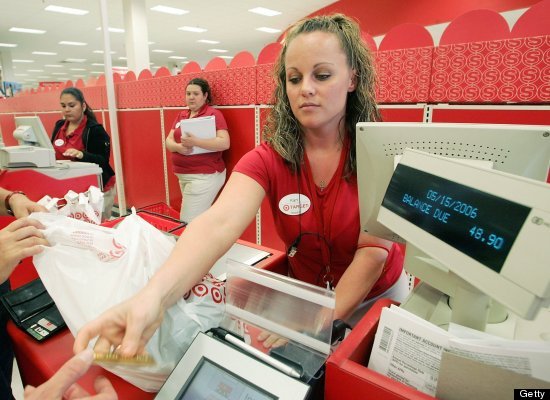
Hourly mean wages: $9.52
Yearly mean wages: $19,810
Number of people with job: 3,354,170
8. Amusement And Recreation Attendants
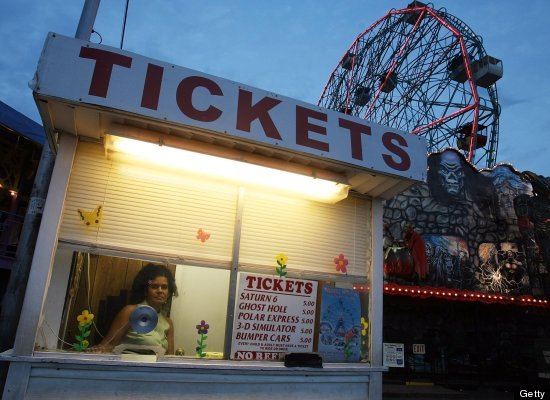
Hourly mean wages: $9.50
Yearly mean wages: $19,750
Number of people with job: 254,630
7. Hosts And Hostesses
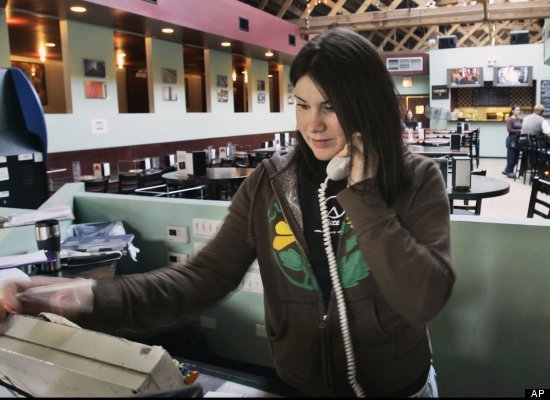
Hourly mean wages: $9.43
Yearly mean wages: $19,600
Number of people with job: 329,020
6. Dining Room Attendants And Bartender Helpers

Hourly mean wages: $9.29
Yearly mean wages: $19,320
Number of people with job: 390,920
5. Counter Attendants
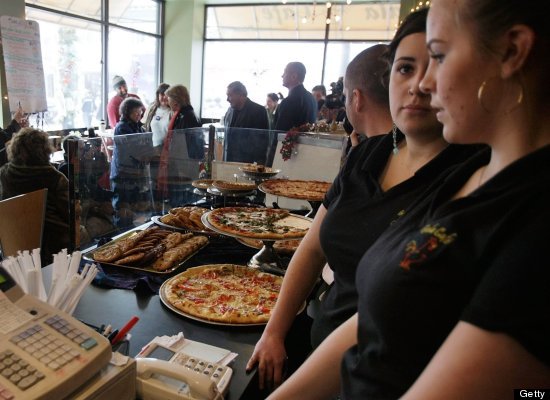
Hourly mean wages: $9.27
Yearly mean wages: $19,280
Number of people with job: 446,660
4. Shampooers
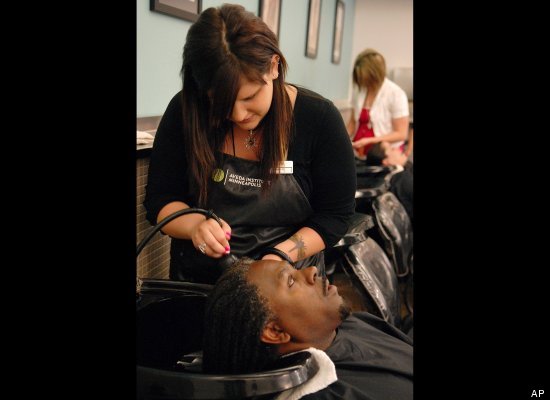
Hourly mean wages: $9.20
Yearly mean wages: $19,140
Number of people with job: 14,220
3. Dishwashers
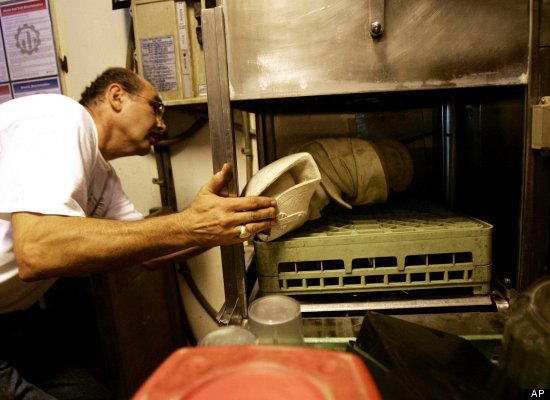
Hourly mean wages: $8.98
Yearly mean wages: $18,680
Number of people with job: 505,950
2. Combined Food Preparation Workers
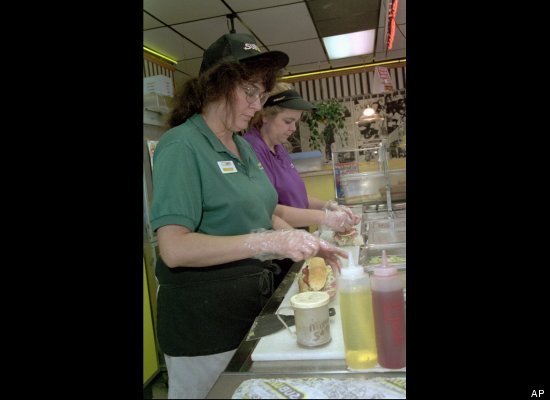
Hourly mean wages: $8.95
Yearly mean wages: $18,610
Number of people with job: 2,692,170
1. Cooks (Fast Food)

Hourly mean wages: $8.91
Yearly mean wages: $18,540
Number of people with job: 525,350
Around the Web: